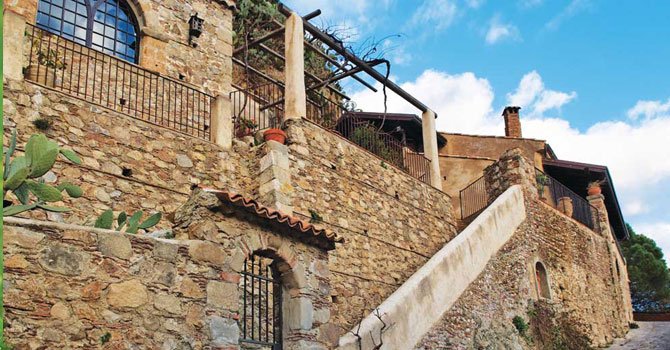
© 2015 50plus Senior News, All rights reserved.
The Search for Our Ancestry: Finding Relatives in the ‘Old Country’
Angelo Coniglio | Jul 10, 2014, 6 a.m.

Q: I plan on visiting my grandparents’ ancestral village of Belpaese in Sicily this fall. I’d like to contact relatives who may still be living there. I know my grandparents’ names on both my paternal and maternal side and their approximate birth dates. They emigrated to the U.S. as young adults around 1900. How should I proceed?
– K. Lee Sapi, Buffalo, N.Y.
A: I have found that when folks plan to find “relatives” in the “old country” they tend to concentrate on relatives with only two surnames: their father’s and their mother’s.
That may be because we feel “closer” to relatives who have familiar surnames. But if one’s grandparents all left siblings behind, barring duplication, they would have four different surnames: your paternal grandfather’s (the same as yours); your paternal grandmother’s; your maternal grandfather’s; and your maternal grandmother’s.
So if you look for relatives only with your surname, you may leave out three-quarters of any relatives you may have there.
If each of your grandparents left siblings behind, the children of those siblings would be your parents’ first cousins, and their children would be your second cousins.
But your grandparents’ siblings may have included females. If those women married, their children, your parents’ first cousins, would have surnames different from the four familiar ones discussed above, and marriages by the females of the next generation would create even more variation.
All of those second cousins would be as closely related to you, regardless whether their surnames are different from yours and each other’s.
Start by finding out if and where your ancestral town’s records exist. There may be civil records of birth, marriage, and death, as well as local church records of baptisms, marriages, and deaths. They could be on Mormon microfilm, on the Mormon website FamilySearch (www.familysearch.org) or other free sites, or on the paid site Ancestry.com.
If none of those venues has the records you seek, you may have to hire a researcher in Sicily to locate them, if you wish to develop enough information before your visit.
Then locate your grandparents’ Atti di Nascita, or birth records. Sicilian civil records of birth are available for the year 1910 and earlier, back to about 1820, in the “Napoleonic format.”
They give a wealth of information including: the name of the person presenting the baby for registration(usually the father); his age, occupation, and address; the time and date of the birth; the mother’s name; and the names, ages, and occupations of two witnesses to the registration.
Additional information may include the names of the fathers of the parents of the newborn and the signature of the father of the child.
Small towns could have several people of about the same age with similar or even identical names, so you need to be sure that the birth records you find are really your grandparents’. A list of your parents and their siblings, by order of age, can help. The names of your parents, aunts, and uncles should be reflected in the names of your grandparents’ parents.
Once you’ve found your grandparents’ birth records, you can confirm your great-grandparents’ names. Now search the birth records for nearby years to identify your grandparents’ siblings. Often, birth records are inscribed, years later, with notes that tell when and whom the child married. In the case of girls, this gives their husband’s surnames.
Now put all that information in order, as a list or table that shows your family tree, including not only your direct ancestors, but also their siblings, nieces, and nephews whose names you have found and any “new” surnames you’ve uncovered.
When you get to Belpaese, you’ll find that the locals are warm, friendly, and eager to speak with Americans. That’s when you pull out your family tree! Hopefully your new friends will recognize their own ancestors’ names and realize that they’re actually your relatives!
|
Write to Angelo at genealogytips@aol.com or visit his
website, www.bit.ly/AFCGen.
He is the author of the book The Lady of the Wheel (La Ruotaia), based on his genealogical research of Sicilian foundlings. For more information, see www.bit.ly/SicilianStory. |





